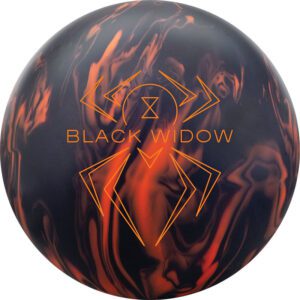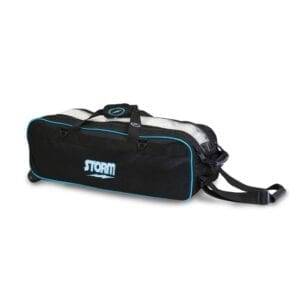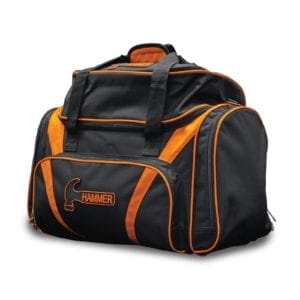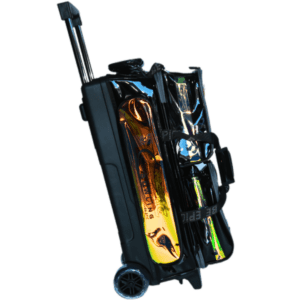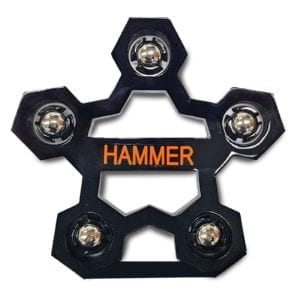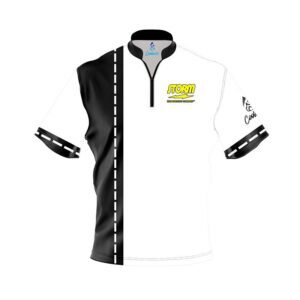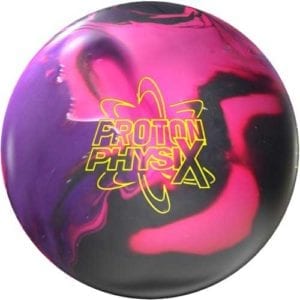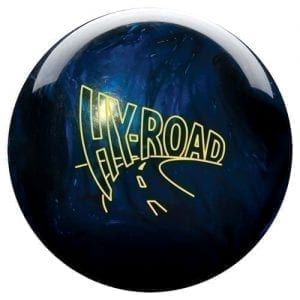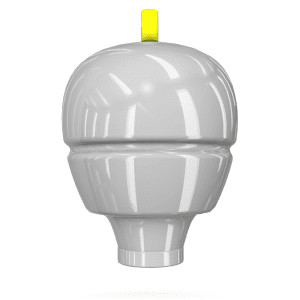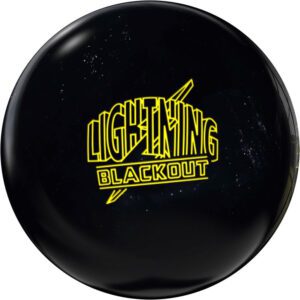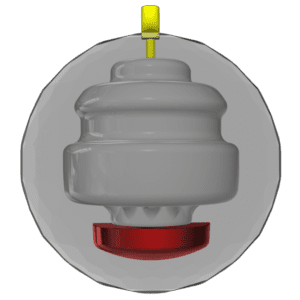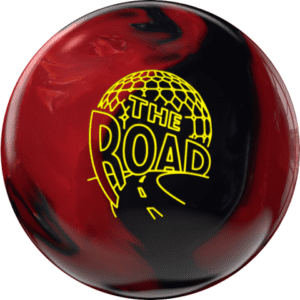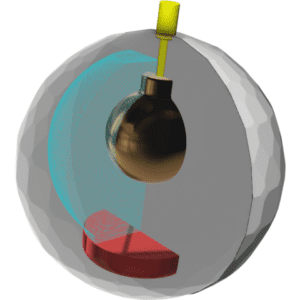Bowling Balls, Bowling How To's & Buyers Guides, Bowling Tips & Coaching Articles, Buying Guides, Lane Play & Lane Patterns, Surface & Layouts
The Effects of RG & Differential on Bowling Ball Reaction By Kendle Miles

Did you know that RG and differential have a huge effect on ball reaction?
Understanding the Impact of RG and Diff in Bowling Ball Performance
In the world of bowling, understanding RG and diff in bowling can significantly enhance your game by helping you select the right equipment. But what do these terms mean, and how do they affect your bowling ball’s performance?
What Does RG Mean in Bowling?
RG, or Radius of Gyration, is a crucial factor in determining how a bowling ball behaves on the lane. Essentially, bowling ball RG refers to the distance from the axis of rotation where the total mass of the bowling ball can be concentrated without altering its moment of inertia. In simpler terms, RG indicates the point at which the core starts to rev up, affecting the ball’s reaction.
Bowling ball RG is categorized into three ranges:
- 2.46” – 2.51” (Lower RG)
- 2.52” – 2.56” (Medium RG)
- 2.57” – 2.80” (Higher RG)
A lower RG suggests that the ball will hook earlier, while a higher RG provides more length before the hook. This understanding is crucial for bowlers who need to adapt to different lane conditions.
Bowling Ball Differential Meaning and Its Impact
Now, let’s dive into the bowling ball differential meaning. The differential is the difference between the maximum and minimum radius of gyration of a bowling ball, often referred to as the X and Y-axes of the weight block. But what does differential mean in bowling? It primarily indicates the ball’s track flare potential. A higher differential means more flare and more of the ball’s surface interacting with the lane, leading to an earlier hook.
Bowling ball differential is also classified into three categories:
- 0.000” – 0.025” (Lower Flare Potential)
- 0.026” – 0.046” (Medium Flare Potential)
- 0.047” – 0.060” (Higher Flare Potential)
The differential plays a significant role in how the ball transitions down the lane, and understanding this can help bowlers choose the right ball for their specific needs.
RG and Diff Bowling: Practical Examples
To put this into context, consider the Storm Proton PhysiX, which has an RG of 2.48 and a differential of .053. According to the bowling ball differential chart, this ball is designed for low RG and high differential, making it ideal for early roll and significant flare. This is especially beneficial in fresh, high-volume lane conditions.
Comparatively, the Hy-Road Pearl, with an RG of 2.57 and a differential of .046, offers higher RG and slightly lower differential. This configuration provides more length and less flare, making it suitable for higher friction conditions where a straighter line is beneficial.
Another example is the !Q Tour Emerald. With an RG of 2.49 and a differential of .029, this ball offers early roll and low-medium flare potential. Its 1500-grit polished finish allows for length with a controllable motion, but a change in finish can alter its backend reaction.
Making Informed Decisions
Understanding the intricacies of RG and diff bowling can greatly simplify the process of selecting your next bowling ball. By knowing what does RG mean in bowling and comprehending the bowling ball differential meaning, you can tailor your equipment choices to match your playing style and lane conditions, enhancing your overall performance on the lanes.
Storm Proton Physix bowling ball
The Atomic Core returns to power up this latest PhysiX offering. Strong backend motion, continuation, and pocket-crushing power are all hallmarks of the Atomic Core. In the Proton PhysiX, this low-RG, high-differential engine will deliver the same combination of consistency and power that has always made it popular among bowlers of all styles, and it will do it on the longest and heaviest oil patterns placed before you. The Proton PhysiX shining attribute is the Atomic Core with a super-low RG that helps generate spin. This extremely center-heavy mass gets the ball moving in a dangerous way, providing the ball with added responsiveness and rewarding the player who can roll it with authority. The AstroPhysiX is an excellent option for players who like to swing big and want some extra backend leverage to give their game a boost
With extreme amounts of power and dynamics, the Storm Proton PhysiX almost feels like cheating.
Coverstock Name: N2X Solid Reactive
Coverstock Style: Solid
Coverstock Type: Reactive
Weight Block: Atomic Core
Finish: 2000-grit Sheen
Flare Potential: High
Radius of Gyration (RG): 2.48
Differential (Diff): .053
Mass Bias: .017
Storm hy-road bowling ball
Inverted Fe2 technology boasts a higher RG and differential like most other balls in the Thunder Line, but with one very important benefit: it lacks the core material that most other balls have. This enables the ball to have a much thicker shell which raises the coefficient of restitution. A higher energy transfer to the pins with less deflection upon impact is what can be expected with this design.
Coverstock: R2S Hybrid Cover
Core: Modified Inverted Fe2 Technology
Finish: 1500-grit Polish
Differential: .058 (Medium-High) on a scale of .000-.080 Low Flare-High Flare
RG Avg: 2.52 (Medium-Low) on a scale of 2.43-2.80 Very Low-High Break Point
Flare Potential: 5″-6″ (Medium-High)
Recommended Lane Condition: Heavy to Medium Heavy Oil
Fragrance: Boysenberry


